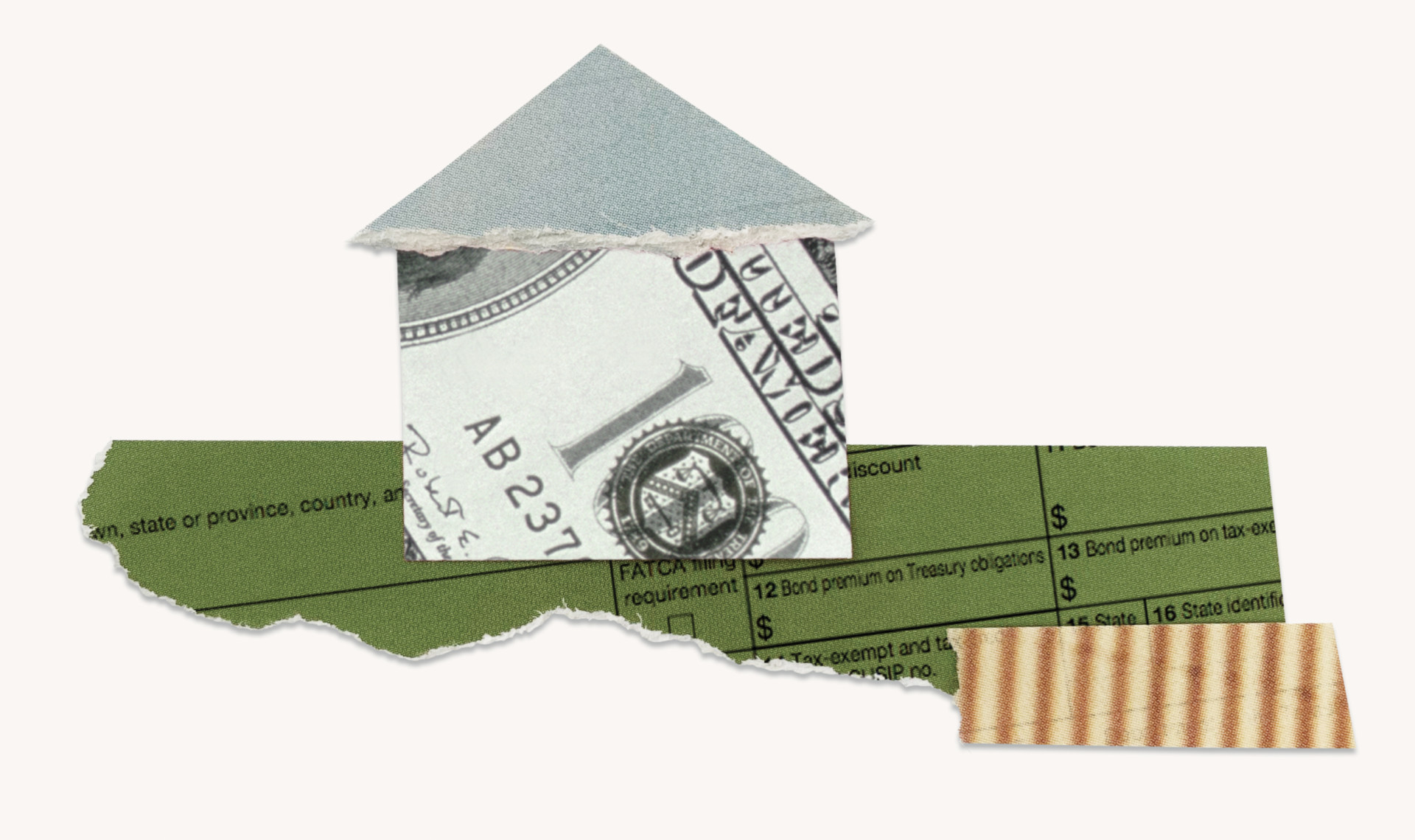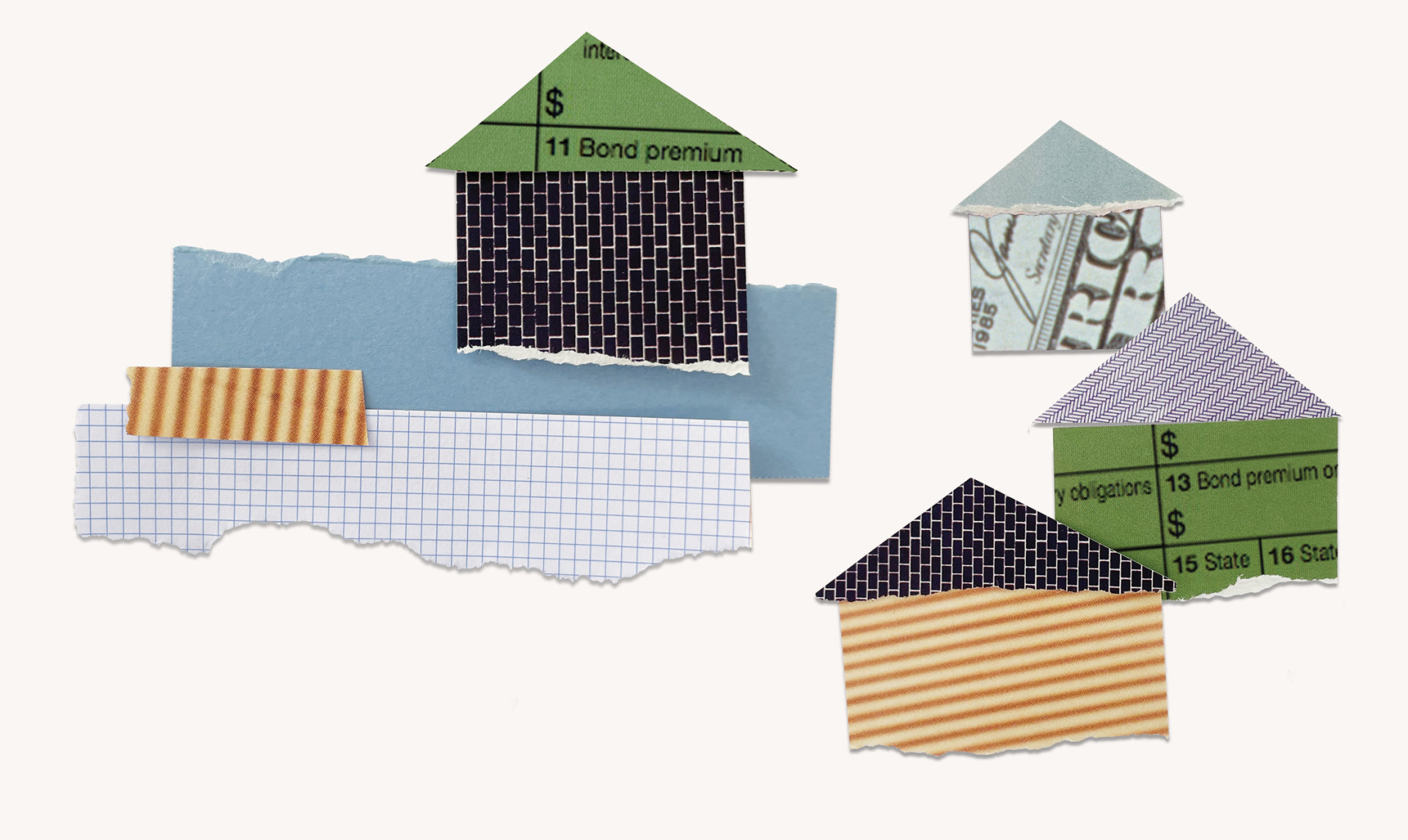When a resident occupies a rental property for only a partial term (month, week, day, etc.), the amount a owner charges is known as “prorated rent.”
Prorated rent is charged only for the number of days the unit is occupied. It’s based on a monthly rate rather than daily since a daily rate tends to be pricier.
Here’s everything owners need to know about prorating rent.
Why prorate?
If a resident moves in or out in the middle of the month or sublets to someone else, then it’s practical to use prorated rent. For example, if a renter moves in on the 15th, which they often do, owners can charge them a prorated amount for those days and then set the regular rent due on the first day of their first full month.
Prorating rent isn’t an owner's legal responsibility, but it does help establish a good relationship with the resident. A good relationship is essential. It makes residents more likely to re-sign (reducing the likelihood of vacancies), recommend other potential renters, and generally be a good renter.
How to calculate prorated rent?
There are four methods to calculate prorated rent.
A quick math lesson
Before moving on to the actual formulas for calculating rent, here’s a quick high school math lesson about the proper order of operations for mathematical equations. The formulas for calculating rent tend to require multiple operations.
Parenthesis
Exponents
Multiplication
Division
Addition
Subtraction
The mnemonic device for this is PEMDAS, or “Please Excuse My Dear Aunt Sally.”
Method 1: number of days in the year
This is the most accurate way to prorate rent when dealing with a year-long lease. Here’s the formula:
((Monthly Rent x # Months in a Year) ÷ Number of Days in a Year) x Number of Days the Resident is Paying For = Prorated Rent
Here’s the formula with a move-in date of September 15th with a rent of $1,500.
( ( $1,500 x 12 ) ÷ 365 ) X 15 = $739.73
The disadvantage to this formula is that it can be confusing. The extra amount of money an owner might make may not be worth the effort because a confusing formula may make residents feel distrustful. It may be best to keep things simple.
Method 2: number of days in an average month
This formula is based on the number of days per month, given that 365 days per year divided by 12 months is 30.42 average days. Here’s the formula:
((Rent ÷ 30.42) x Number of Days Occupied)
Here’s the formula for when rent is $1,200 per month, and the resident is staying for 10 days.
($1,200 ÷ 30.42) x 10 = $394.50
Method 3: flat 30 days (banker’s month)
This method entails dividing the monthly rent by 30, no matter how many days are in the month. In some states, like California, this is the exclusive method used to calculate prorated rent. Here’s the formula.
((Rent ÷ 30) x Number of Days Occupied)
Here’s the formula for when rent is $1,200 per month, and the resident is staying for 10 days.
($1,200 ÷ 30) x 10 = $400
Method 4: monthly rent
This is the formula for prorated rent based on the number of days in the month. Here’s the formula:
(Monthly Rent ÷ Number of Days in the Month) x (Number of Days of Rent Being Paid For) = Prorated Rent
Here’s the formula with a move-in date of September 15th with a rent of $1,500.
( $1,500 ÷ 31 ) X 15 = $725.80
In addition to requiring less explanation, the monthly formula has the advantage of making a resident feel like they’re getting their money’s worth, since it frames their rent in the short term rather than the long term.
Considerations for prorating rent
These are some things to keep in mind when calculating prorated rent. Which of these influences an owner's calculations will impact how many days they divide rent by in their calculations.
- The number of days in the month.
- Months with 30 days: September, April, June, and November
- Months with 31 days: January, March, May, July, August, October, and December
- Month with 28/29 days: February
- Is it a leap year?
- What day of the month is the owner billing the resident?
- What’s the number of days in the first month?
- What’s the number of days in the second month?
- How much is the owner charging per day for the first month?
- How much is the owner charging per day for the second month?
- What’s the number of billable days in the first month?
- What’s the number of days in the second month?
- What’s the official start/end date of the lease?
Tips for prorating rent
The owner's prorating policy should be in writing or their lease agreement.
If it’s a leap year, divide the prorated calculation by 366 days if using the yearly formula.
It’s not the owner's responsibility to prorate rent if the resident signs a lease for the first of the month but moves in on a later date. Similarly, it’s not their responsibility to prorate rent if the resident chooses to move out earlier, but their lease runs to the end of the month.
Owners should find out if their state requires them to use the flat 30 method for prorating rent.
Bottom line on prorating rent
Prorating rent is easy to do and an easy way for a property owner to start or maintain a good relationship with their resident. It makes residents feel like they’re getting their money’s worth and like the owner is on their side.
Unless they have to use the flat 30 option, the monthly method of prorating rent is a property owner's best bet because it’s easiest to explain to the resident.
And the happier the resident, the more likely the owner will be happy too.






